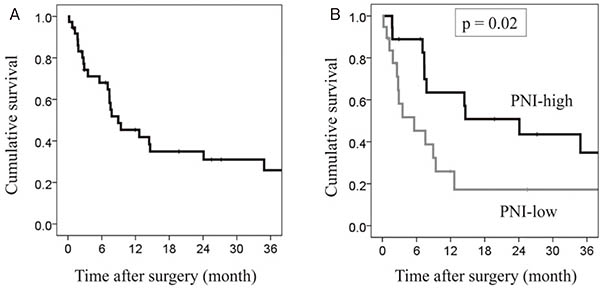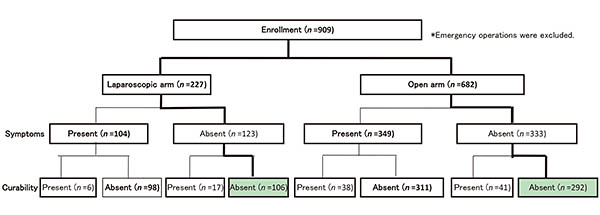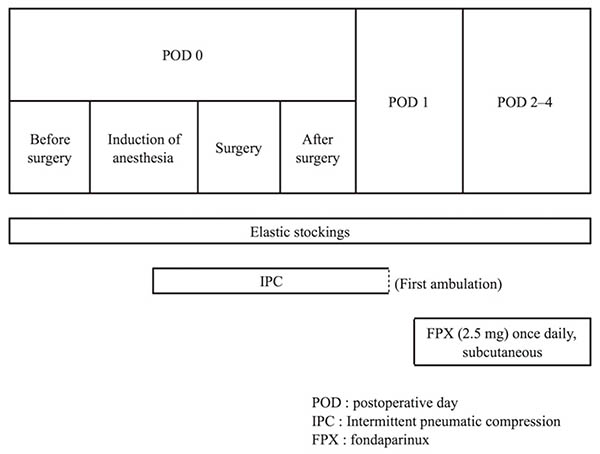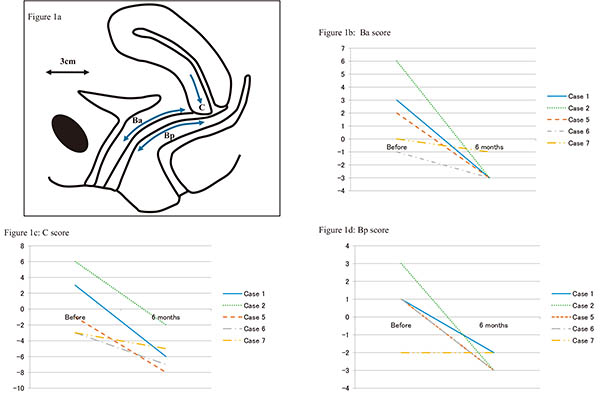Volume 1, Issue 4
Displaying 1-7 of 7 articles from this issue
- |<
- <
- 1
- >
- >|
ORIGINAL RESEARCH ARTICLE
-
2017Volume 1Issue 4 Pages 106-111
Published: October 27, 2017
Released on J-STAGE: May 25, 2018
Download PDF (138K) -
2017Volume 1Issue 4 Pages 112-117
Published: October 27, 2017
Released on J-STAGE: May 25, 2018
Download PDF (155K) -
2017Volume 1Issue 4 Pages 118-124
Published: October 27, 2017
Released on J-STAGE: May 25, 2018
Download PDF (162K) -
2017Volume 1Issue 4 Pages 125-130
Published: October 27, 2017
Released on J-STAGE: May 25, 2018
Download PDF (237K) -
2017Volume 1Issue 4 Pages 131-135
Published: October 27, 2017
Released on J-STAGE: May 25, 2018
Download PDF (196K) -
2017Volume 1Issue 4 Pages 136-140
Published: October 27, 2017
Released on J-STAGE: May 25, 2018
Download PDF (102K)
CLINICAL RESEARCH
-
2017Volume 1Issue 4 Pages 141-146
Published: October 27, 2017
Released on J-STAGE: May 25, 2018
Download PDF (639K)
- |<
- <
- 1
- >
- >|






